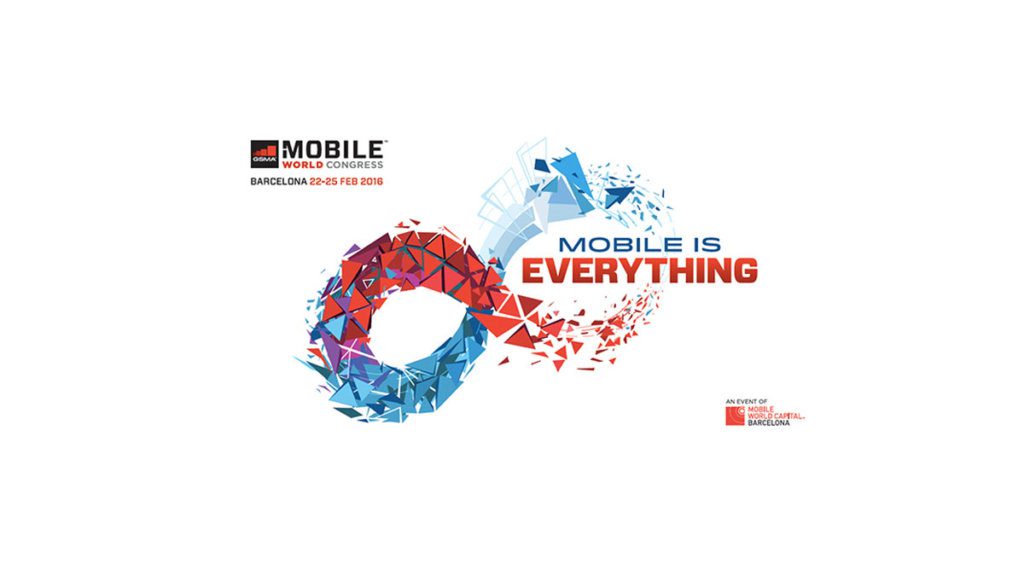CableLabs is hosting its first tour of Mobile World Congress (MWC) here in Barcelona, Spain. The MWC is the World’s largest mobile congress with attendance likely to top over one hundred thousand people from two hundred countries. It’s the place to be seen in the mobile world, which today is more than about handsets and networks. All the largest companies in telecom are here making major announcements.
I began the day scouting with the team to make sure that our tour would visit the best companies and technologies. It was an amazing day of observing technological breakthroughs that I would like to share.
1GBps Mobile
Let’s first discuss speed. Many of the world’s largest telecom vendors are presenting LTE technologies that will enable 1Gbps to your mobile phone – -that is if you are the only user in a cell close to the base station. To achieve these speeds, the headsets will need four antennas integrated into them. This is now possible with frequencies as low as 2.1 GHz in order to achieve 4×4 MIMO. It also means that you need to combine 3 mobile carriers with 256 QAM. What does that mean in a real world situation in a few years’ time? Well, the average speed today of LTE in the US of circa 10 MBps and these new technologies will take this to circa 60Mbps in a few years time with all the associated improvements in cellular backhaul. Qualcomm is making all this technology available in their new X16 Chip, which is being used by companies such as Ericsson, Nokia, Huawei and the rest – all here at MWC.
5G
5G is based on the evolution of LTE with the use of millimeter waves to extend frequency operation of today’s wireless systems from sub-6GHz to 100GHz. Ericsson was demonstrating a 15GHz system with an 800Mhz channel bandwidth to support users with up to 20Gbps. Because of the smaller physical size of antennas at these millimeter wave frequencies, it is possible to build arrays of these for 256×256 MIMO and to steer these pencil-like beams to individual users. There are expectations of commercialization of this type of technology as early as 2020.
5G – IoT
5G is more than about speed. The evolution of LTE will support the aggregation of small channels for massive IoT applications which require relatively small bandwidths.
5G – 1mS Latency
One of the most exciting aspects of 5G is the requirement to support 1mS latency. Today’s mobile networks have latency of typically 60-100mS. Why is this new requirement important? The distance from the touch of an object to the sensation in your brain is approximately 1mS. With this target of low latency, it would be possible for people to see and react to events in real-time for critical control operations. Real-time control of cars driving at high speed would be possible across networks with no traffic lights!
It is not all 5G – WiFi 802.11ax
Qualcomm was demonstrating 802.11ax pre-standard WiFi. This takes the advances for LTE technology to WiFi to support multi-users in complex environments such as offices to maintain speeds in scheduled applications.
LTE coming to WiFi soon – MuLTEfire
Qualcomm is developing a new technology called MuLTEfire which will support LTE in the 5GHz WiFi with Listen Before Talk (LBT) as a good neighbor to WiFi. MSOs could then support LTE based services without the need of an anchor mobile carrier. Qualcomm has formed the MuLTEfire alliance for likeminded members to exploit LTE in the WiFi bands. Today this includes companies such as Intel and Ruckus.
3.5GHz mobile is on its way
The FCC is opening the 3.55-3,7GHz (LTE bands 42 and 43) within the next few years. People will be able to access up to 150MHz of free mobile spectrum for small cells. Qualcomm has formed an alliance with Ruckus to demonstrate a 3.5GHz LTE small cell base station in a dongle connected into what looked like a Google OnHub. 3.5GHz presents great opportunities for CableLabs MSO members seeking to become mobile operators.
And finally:
If you told me as little as a few years ago that anyone could become a mobile operator in the near future, enjoying free spectrum with a base station on a dongle and a package core network on a laptop, or virtualized in the cloud, I would have not believed you. What I saw at MWC on the first day makes me feel that this well be real within the next 3+ years! CableLabs is uniquely positioned to work with our Members, some of who are gathered here, to drive innovation to make this happen.
